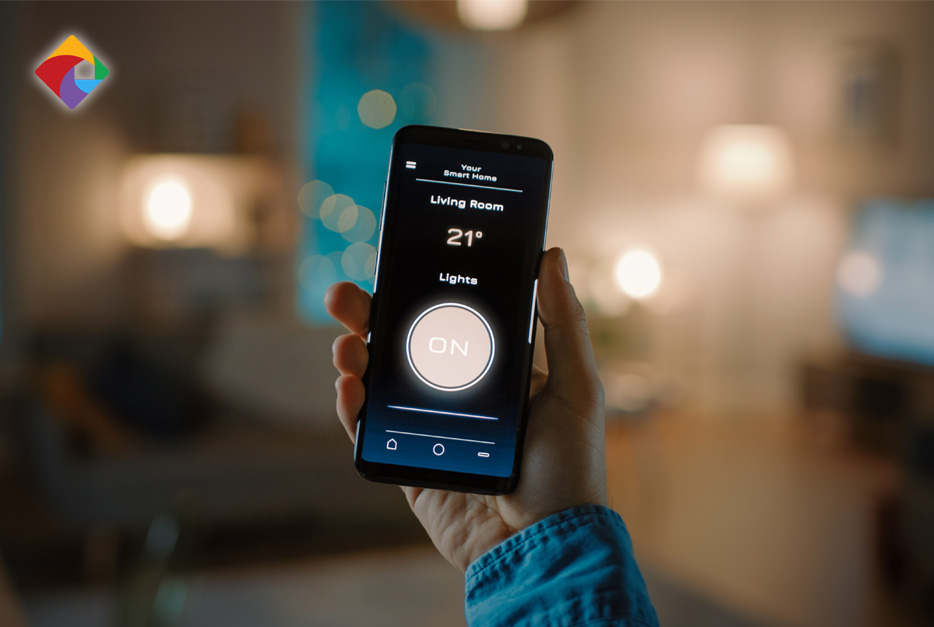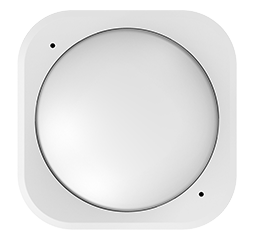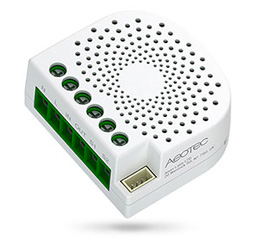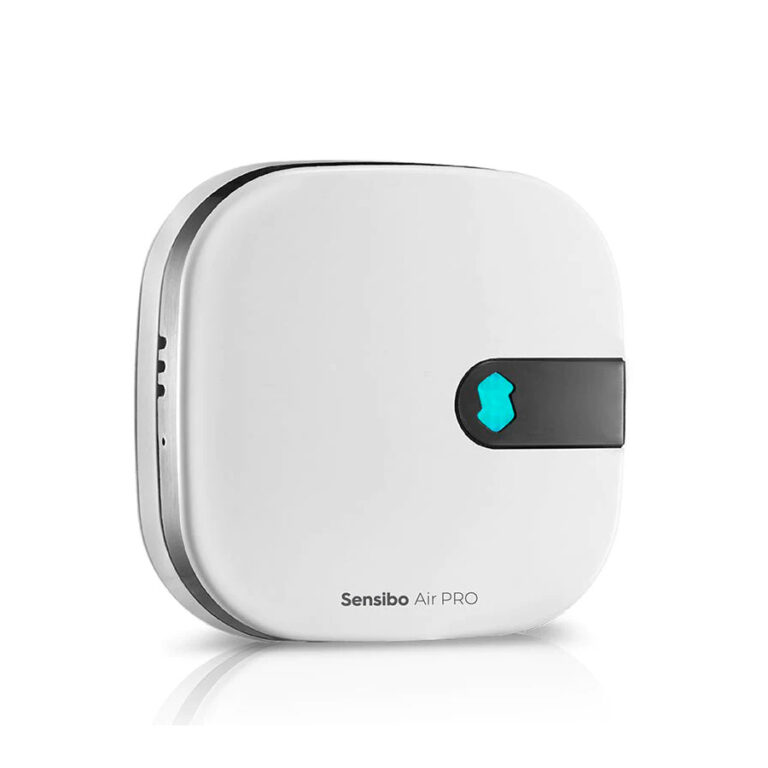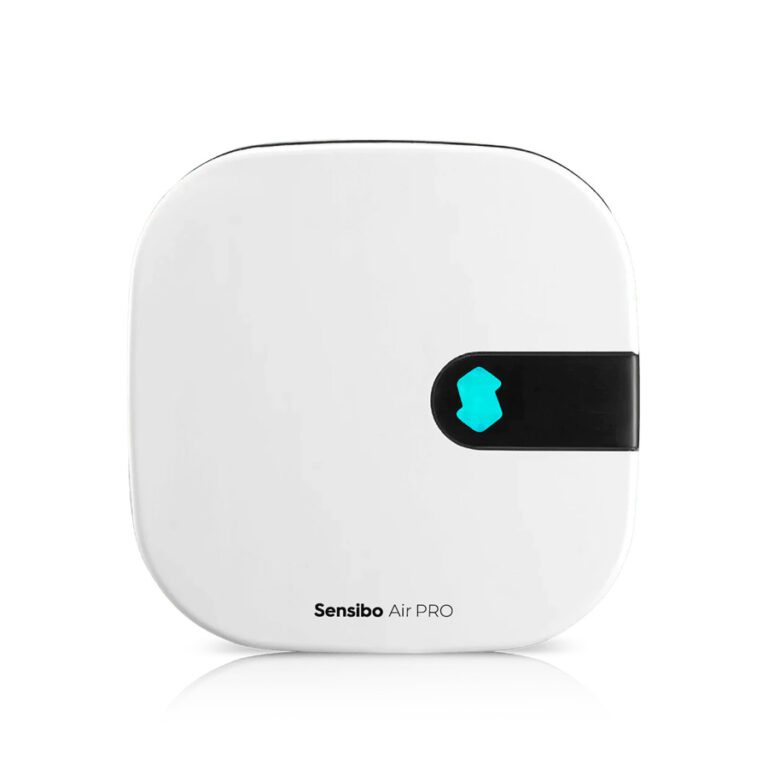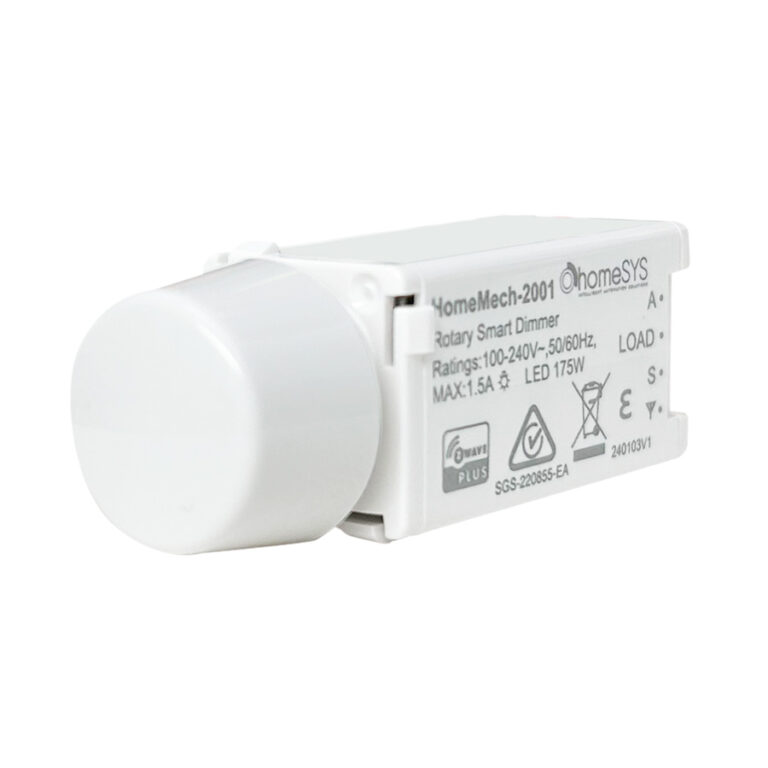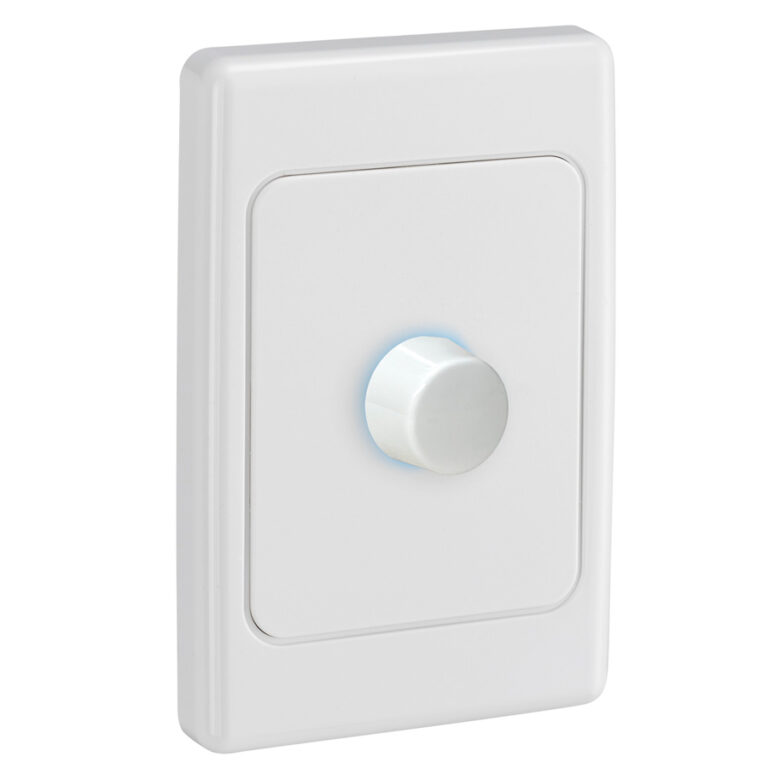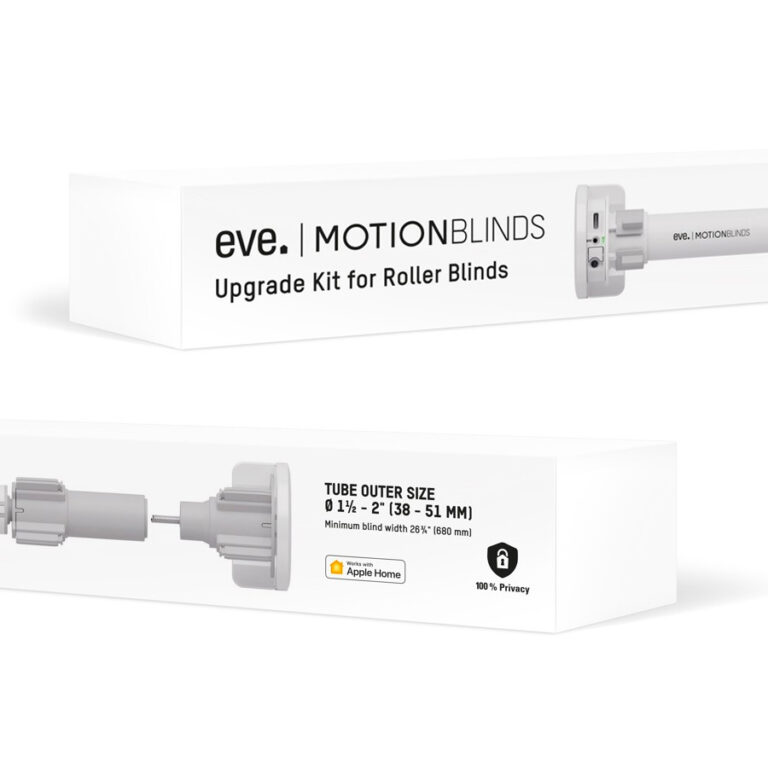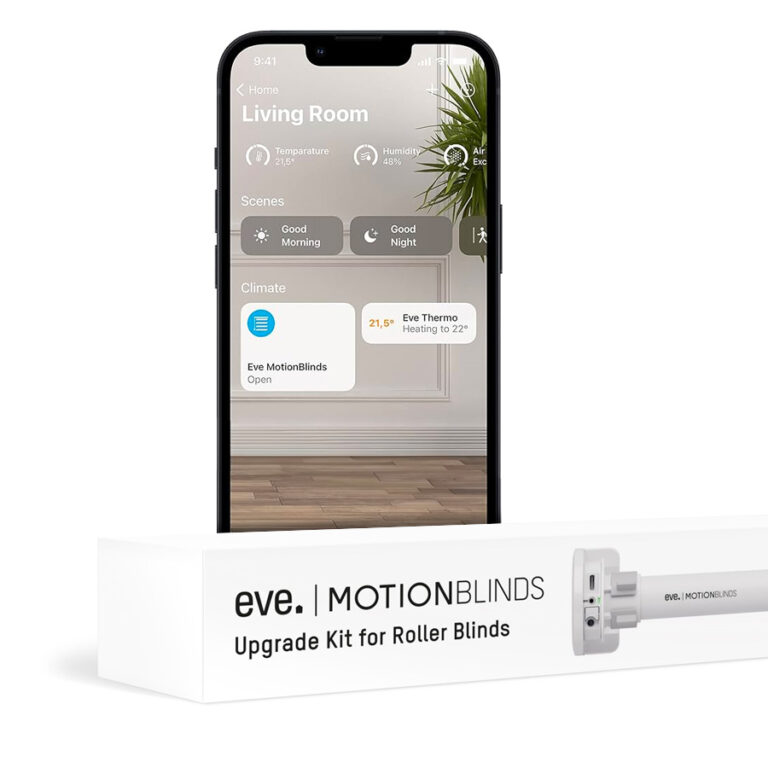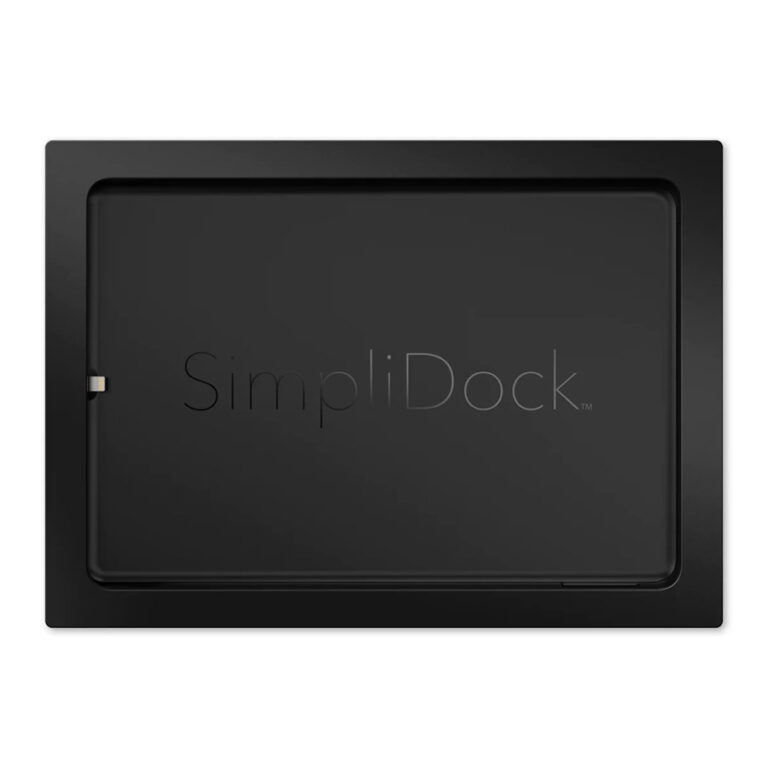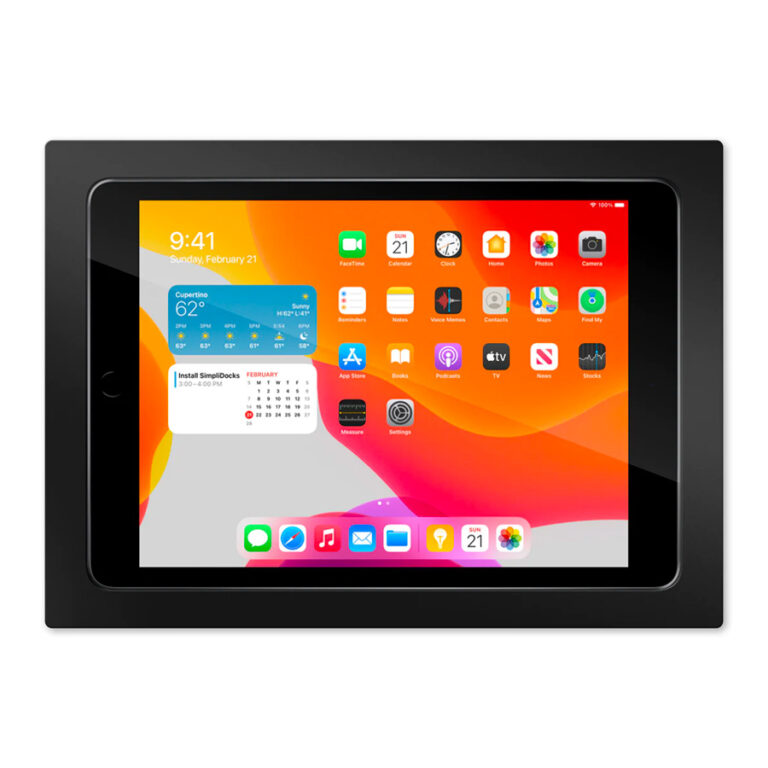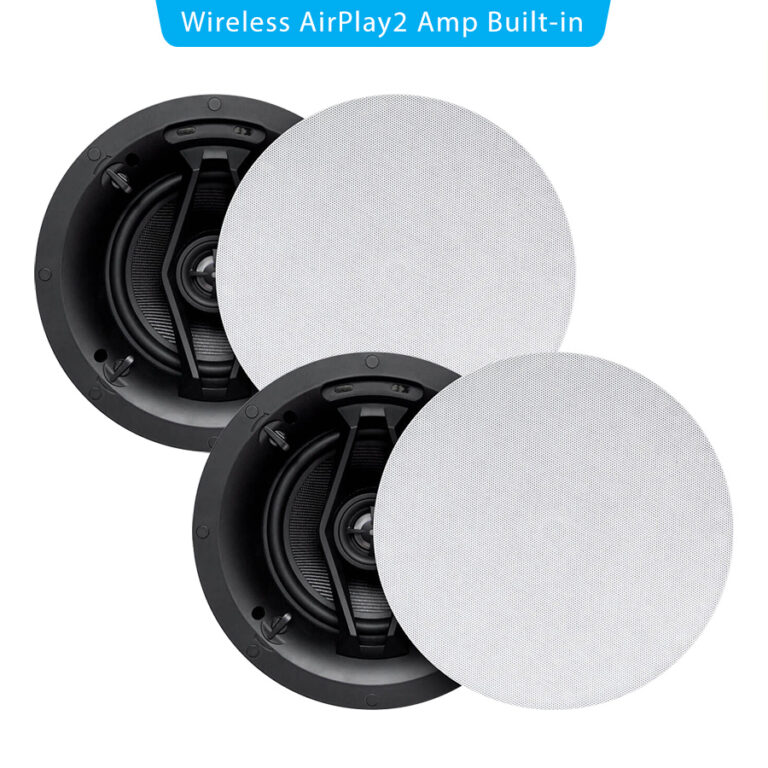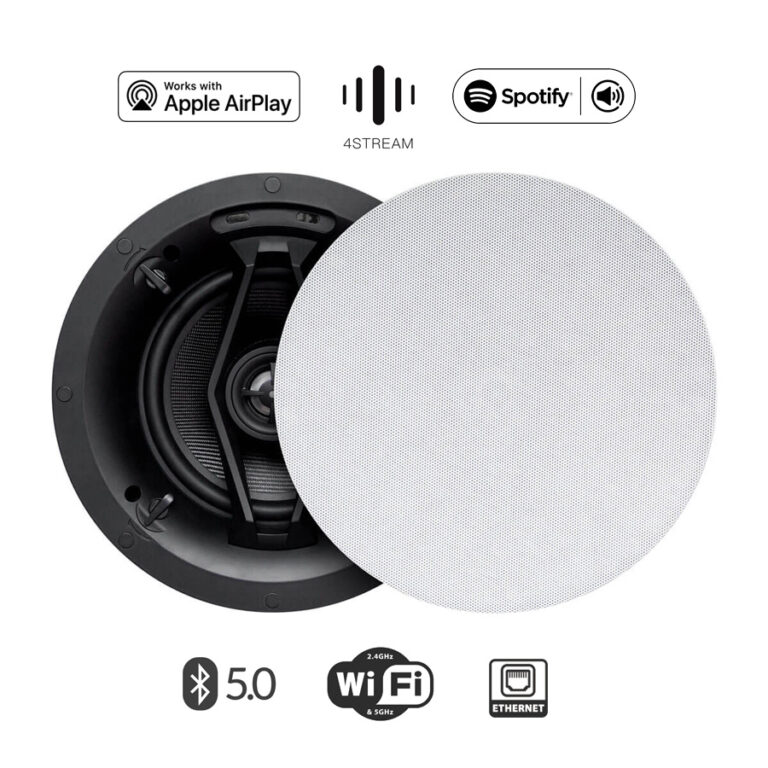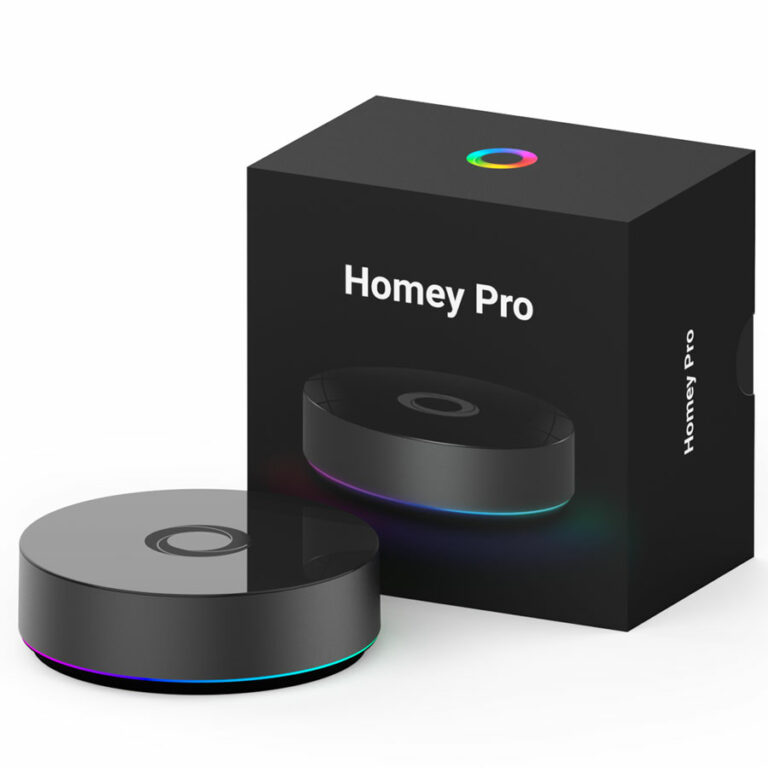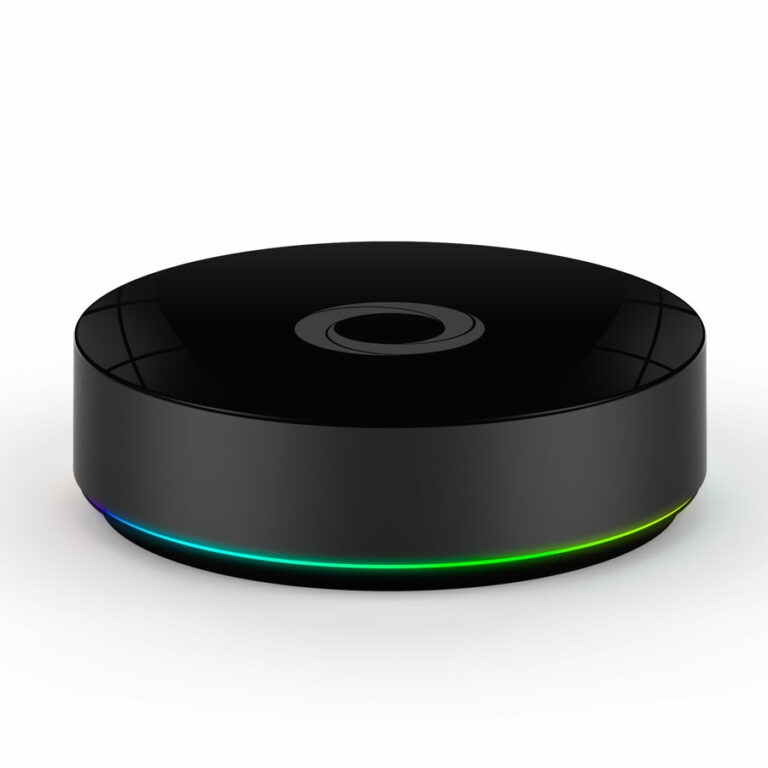What is Smart Lighting?
Wall Switches. Clappers. Mobile phone apps. Voice-assistants. What do these things have in common? They are all capable of controlling the humble light globe. But as we’re about to see, simply adding a modern method of control doesn’t necessarily equate to ‘smart lighting’.
So what exactly is smart lighting? Let’s take a look at two widely accepted types of smart lighting: Smart Modules and Smart Bulbs – you will quickly see the pros and cons of both…
Smart Modules
Smart lighting modules such as the Aeotec Nano Dimmer are small devices that can be installed behind virtually any light switch to ‘add smarts’ to any type of connected light. Used in functional lighting solutions, these modules can be retrofit and enable you to use your smart light switch to control the light as well as additional methods of control – you can turn off the light from the wall switch and turn it back on using the app or your voice (and vice-versa).
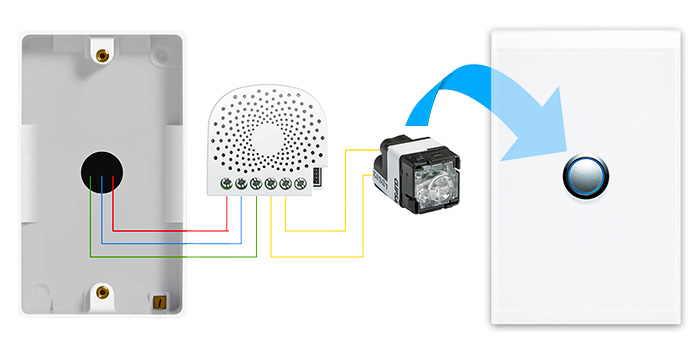
Smart Bulbs
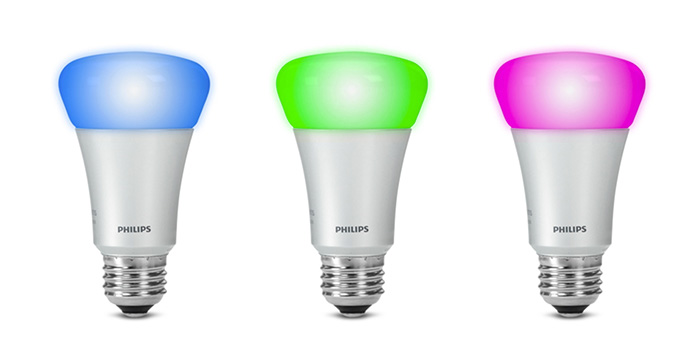
Which is better... Smart Bulbs or Smart Modules?
Smart bulbs such as the LIFX or Philips Hue have ‘the smarts’ built in to them, and are designed to be the modern replacements for the conventional light bulb. Used to create different moods and atmospheres with splashes of colour, smart bulbs require you to leave the physical switch on, meaning control is only possible from the app or voice-commands – if you turn off the light from the wall switch, you will not be able to turn on the light from the app.
When used in conjunction with one another for their intended purposes (see below) in a well-designed smart home lighting solution, the different technologies complement each other – smart lighting modules add ‘smarts’ to your main lighting system while the smart bulbs are great for feature lighting.
Smart Module use cases
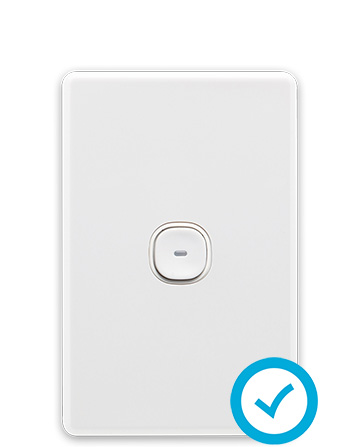
Wall switch control
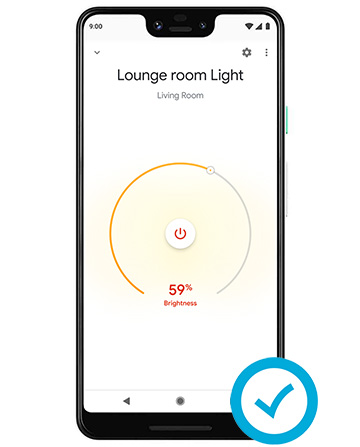
Wireless smart control
Smart Bulb use cases
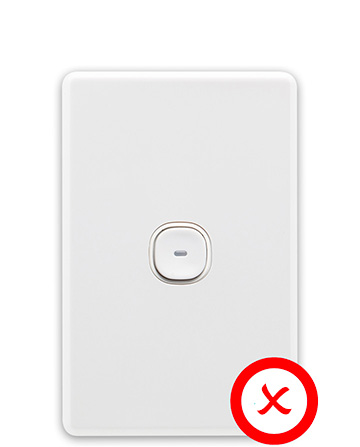
Wall switch control

Wireless smart control
What's best for me?
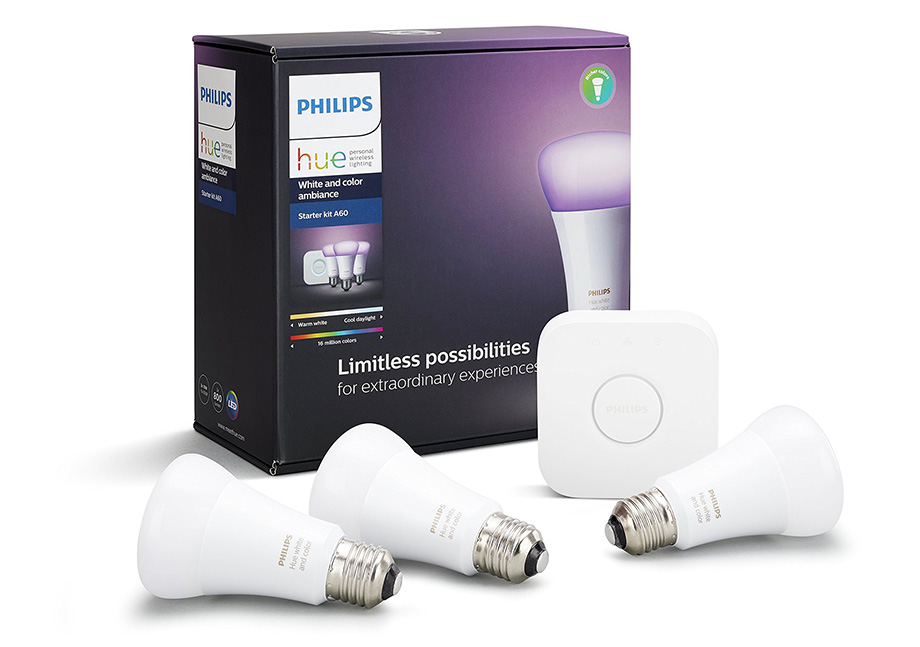
On the other hand, if you want to add ‘smarts’ to your home’s main lighting system with room to scale (and aren’t concerned about colour), we recommend the smart module route from the get-go. The modules are integrated into a complete Smart Home system, and work with other devices such as Aeotec MultiSensor 6, right out of the box.
This enables you set up your lights to automatically turn on when you walk into a room and off when you leave. To unlock these features and performance, you’ll need a Z-Wave hub such as the Aeotec Smart Home Hub. And the great thing is, you can bring your Hue bulbs in to the Home Center ecosystem to enjoy both functional and atmospheric lighting.
Which is more affordable?
The rule of thumb here is this; the more smart lights you desire, the more cost-effective the smart module route becomes. Conversely, if you only want a couple of ‘smart’ lights, bulbs are likely the more cost-effective option. The reason is this;
- Smart bulbs are DIY install and WiFi and Bluetooth versions do not require a hub.
- Smart modules require a hub and must be installed by a licenced electrician.
For a more comprehensive overview of the hub-based systems (local) vs hubless systems (cloud or limited local), check out this article.
Other considerations
With so many smart systems available, it’s easy to dive in to an ecosystem without first considering the system’s ability to scale and its functionality. Will your system be able to cope as you add more smart devices to it, without compromising its performance? And will you be able to have your lights and other smart devices work together readily and seamlessly?
Not always. Here’s some additional things to keep in mind before you commit to a system:
- If you do not have a hub, your system will only support a limited number of bulbs (and devices).
- Smart bulbs that operate without a hub use either WiFi or Bluetooth to communicate.
- You can purchase battery-powered switches to control your smart-bulbs, however this is not a substitute for a fully integrated smart-lighting system and drives up the cost per bulb significantly.
- If you do have a hub, your system will only support compatible smart modules and smart bulbs - either natively or through plugins.
- Smart bulbs that operate with a hub use either Z-Wave, Zigbee, WiFi and/or Bluetooth to communicate.
- The more powerful the hub, the more smart modules and bulbs your system will support.
- LED strips are a simple and cost-effective way to add ambience to a room without replacing any bulbs.
Final thoughts
True smart lighting takes advantage of multiple methods of controlling the lights in your home. That is, the same light can be controlled from the wall switch, from your Smart Home app and through voice-commands, and will stay in sync no matter which switching mechanism is used. Smart bulbs, although widely considered to be smart-lights do not meet this criteria, however they are great for feature lighting.
If you’re interested in smart lighting and would like to be certain of your direction before you committing to any system, drop a comment below or contact us. We’re always happy to answer any questions you may have 🙂
– Luke


